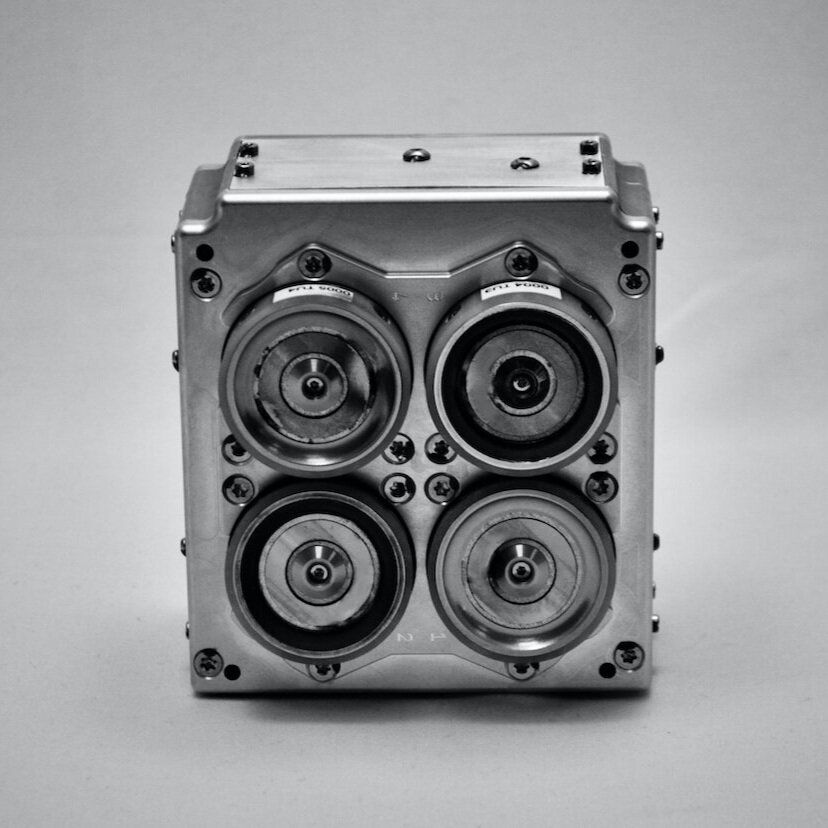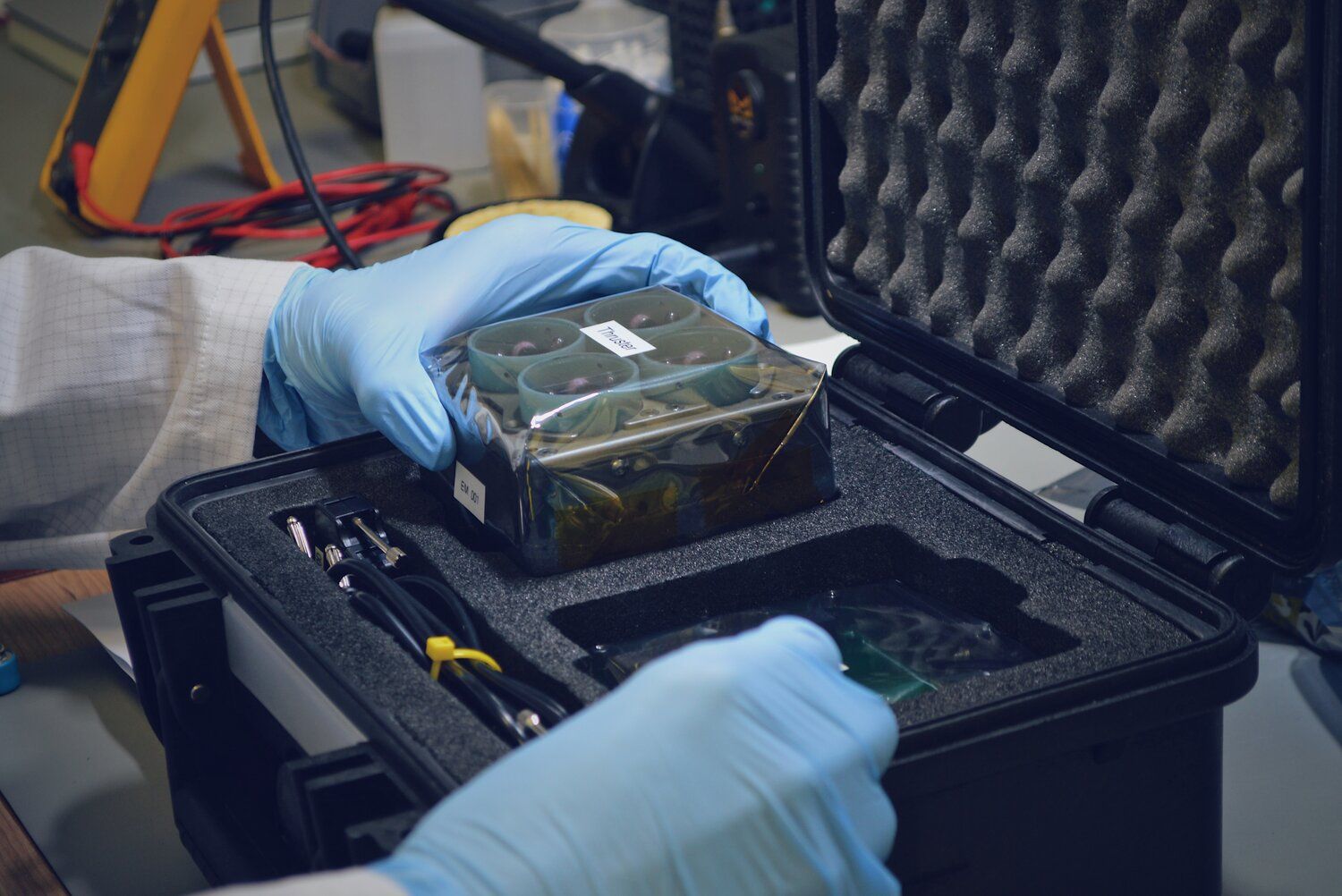
🛰 Boost for satellite tech in Africa
Following years of research, a South African firm in collaboration with its partners has developed a new system that gives mobility to satellites launched into space.
Share this story!
A new technology, known as the thruster system and developed by Hypernova Space Technologies (HST) based in Cape Town, gives mobility to satellites launched into space.
From the smallest of satellites known as CubeSats, 10-centimeter cubes, to slightly larger ones known as nanosatellites which weigh around 10 kgs, will be able to use the system to move around in space. It is hoped that in the future, the system will be enhanced to accommodate larger satellites.
Crucial to prevent collision
This mobility, Bayl.eu opined, is crucial as it prevents collision of satellites in space since it is recorded that there are approximately 3,200 nanosatellites currently in orbit.
“These satellites are just there floating freely. In addition to those nanosatellites, plans are being made by SpaceX to launch as many as 42,000 satellites. It is with no doubt that this blast in figures will cause problems. Because these satellites are freelancers and don’t have the ability to have their motion-controlled, chances of collisions are very high. The satellites that would have collided will cause space debris which in turn will hinder future missions,” it said.
“Therefore, Hypernova’s thruster system will help in maneuvering satellites out of each other’s way. In addition to this, retrieving and disposing of satellites that have exhausted their working life would be made easier.”

Environmentally friendly fuel
Bayl.eu emphasized that the thruster system had passed the efficiency test under harsh conditions such as extreme temperatures and high vibration conditions ahead of its launch in 2022.
The publication highlighted that the new system would use metal as fuel which is environmentally friendly.
“In the firm’s research, they found that an electric reaction could be used to vaporize metal for fuel to create a jet of fast-moving plasma that propels the satellite along. The use of metal as fuel is favorable as pollution is minimized and no toxic gases are produced,” Bayl.eu said.
HTC collaborated with; EnduroSat in Bulgaria, MIT in the US, European Space Agency, and South Africa’s very own Electrical and Electronic Engineering department at Stellenbosch University.
The use of satellites includes exploring space in new and exciting ways and to communicate with people all over the world.

South Africa making strides in space tech
South Africa is making significant strides in developing new technologies; last month Warp News reported that with the help of local contractors, the US National Science Foundation and the South African Radio Astronomy Observatory (SARAO) are building a new international radio telescope array in the Karoo region of the Northern Cape Province. The project called Hydrogen Epoch of Reionisation Array’s (HERA) function is to collect earlier data from the universe than has been possible before.
This spirited effort to develop technologically will help to bridge the technological gap between Africa and Europe, giving the former the leverage to develop its economy to more or less levels reached by the latter in the foreseeable future.
Technology is now key to almost every aspect of human development, be it industry or commerce, science or social.
By becoming a premium supporter, you help in the creation and sharing of fact-based optimistic news all over the world.


